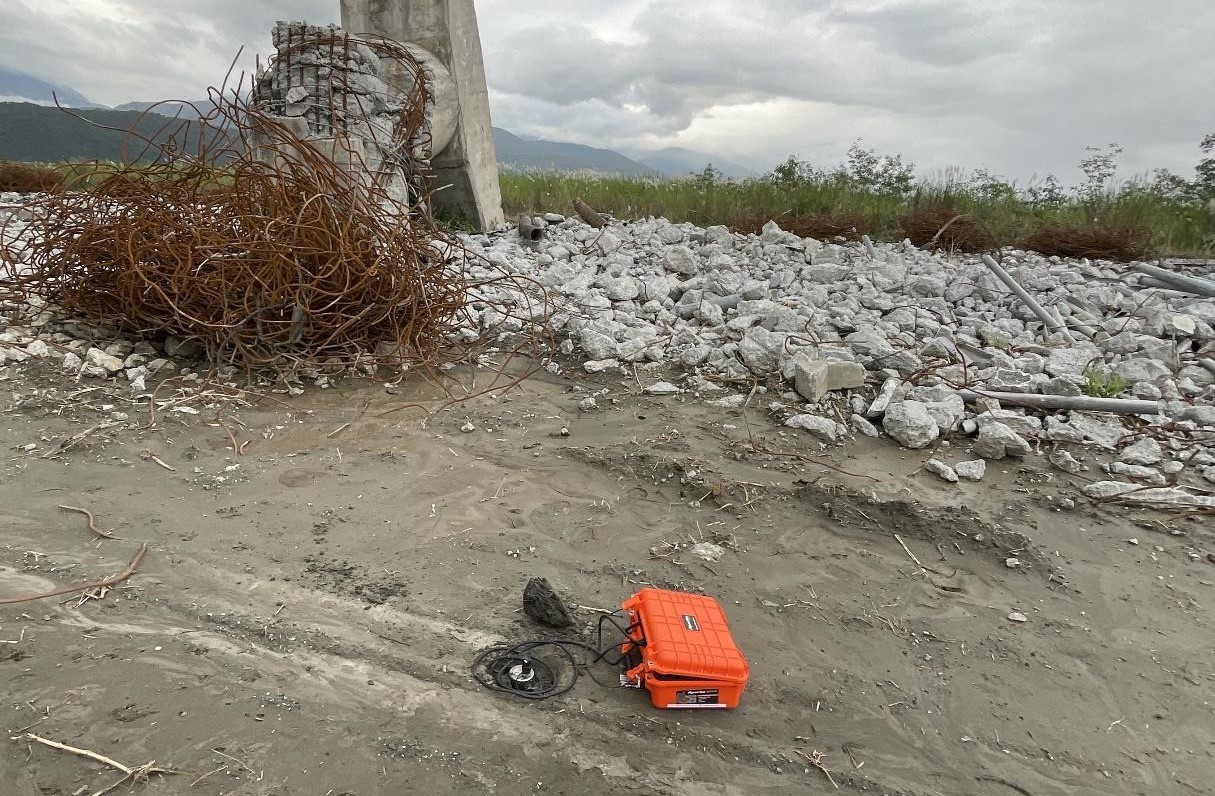Areas of research
Conducting research to solve the most pressing issues in our communities using the state-of-the-art experimental facilities and a team of experts.
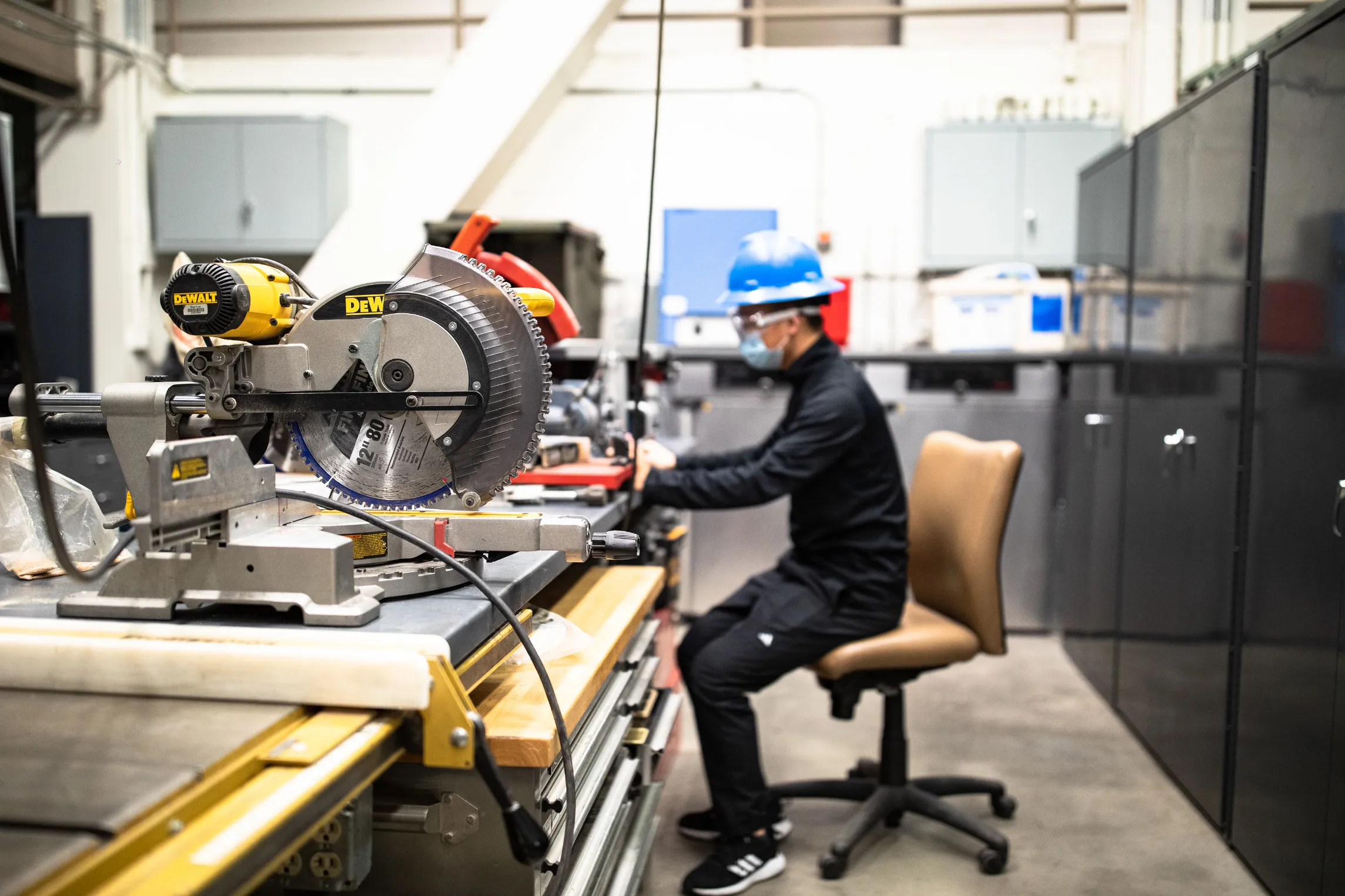
Innovative materials development and testing
3D concrete printing has emerged as a promising construction technology that brings about geometric flexibility, improves productivity, and saves materials and costs. This new way of concrete construction, however, raises questions regarding material properties, the stability of the structure during printing and the capacity of the structure after curing. The effectiveness of reinforcement for the 3D printed structures also needs to be thoroughly understood. Research at SMRL aims at addressing these questions through experimental studies on 3D-printed concrete structural components.
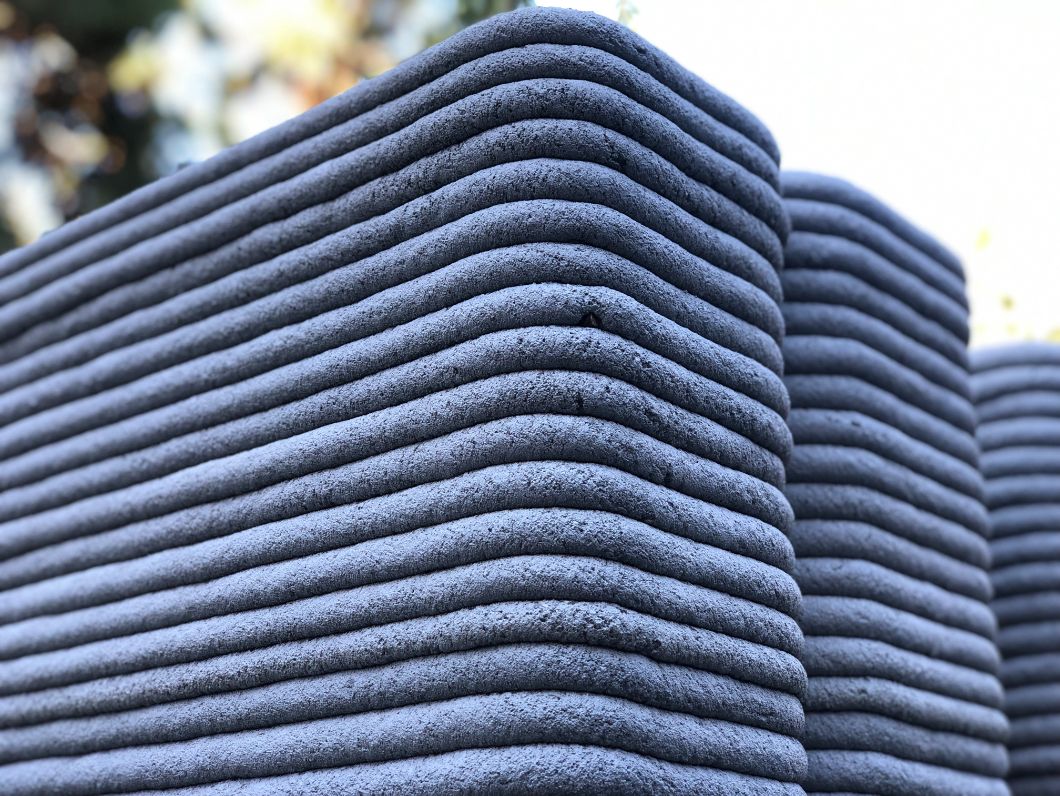
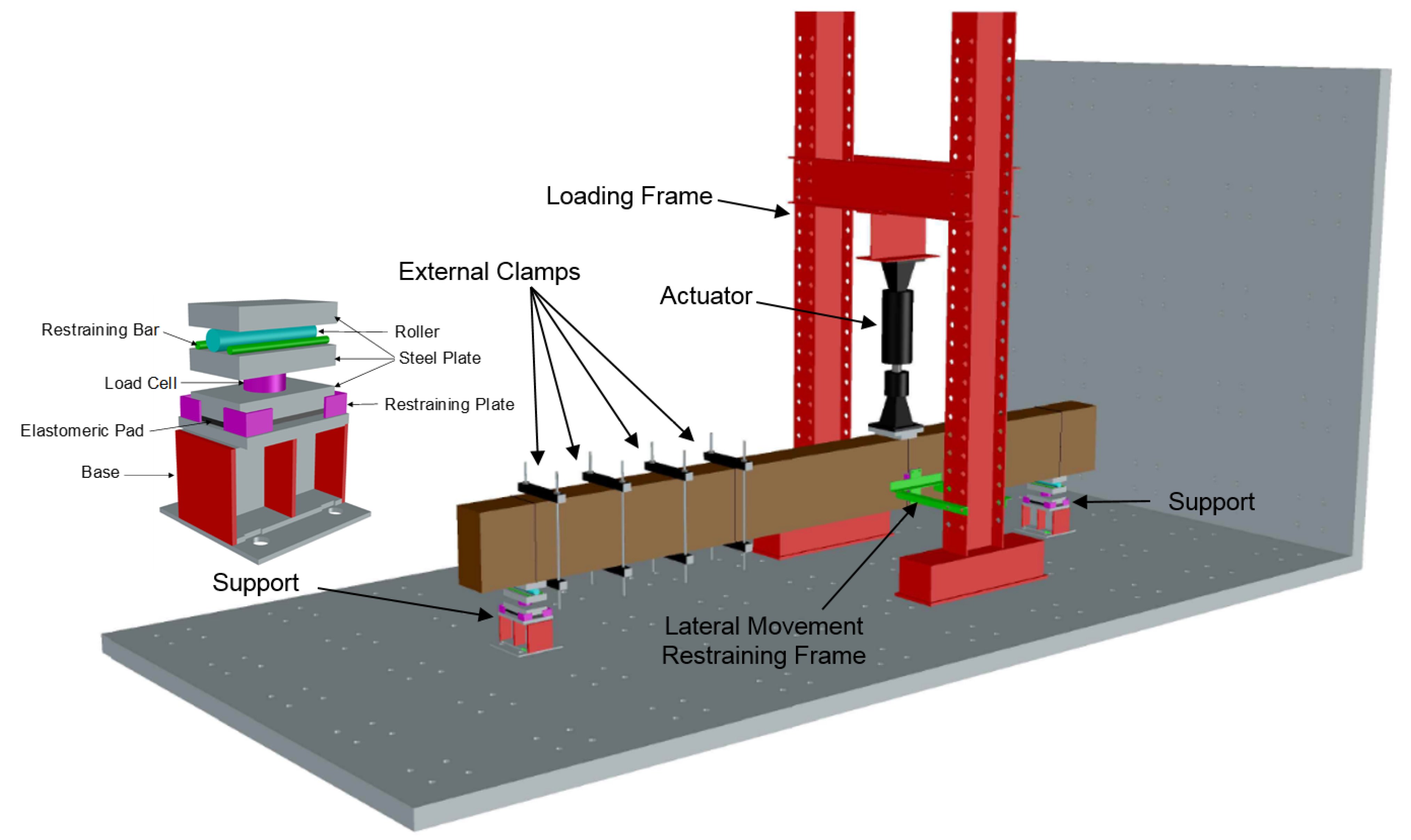
Advanced structural characterization
The facilities in SMRL provide the ability to test structural members under complex loading and boundary. The 500 square ft strong floor and the L-shaped reaction wall can accommodate large scale structural components. A series of hydraulic actuators can be used in combination to provide complicated loading conditions. In addition, specialized fixtures can be customized at SMRL to facilitate the testing.
Structural health monitoring
Large-area structural health monitoring (SHM) is essential for assessing damage in large-scale structures such as bridges, utility lines, and dams. Conventionally used sensor units are expensive, and they are required in large numbers for the reliable monitoring of large civil infrastructures. Consequently, the cost keeps growing, discouraging the instrumentation of large structures. Printed and flexible sensors are amongst many other structural health monitoring methods that are being developed in our laboratory.
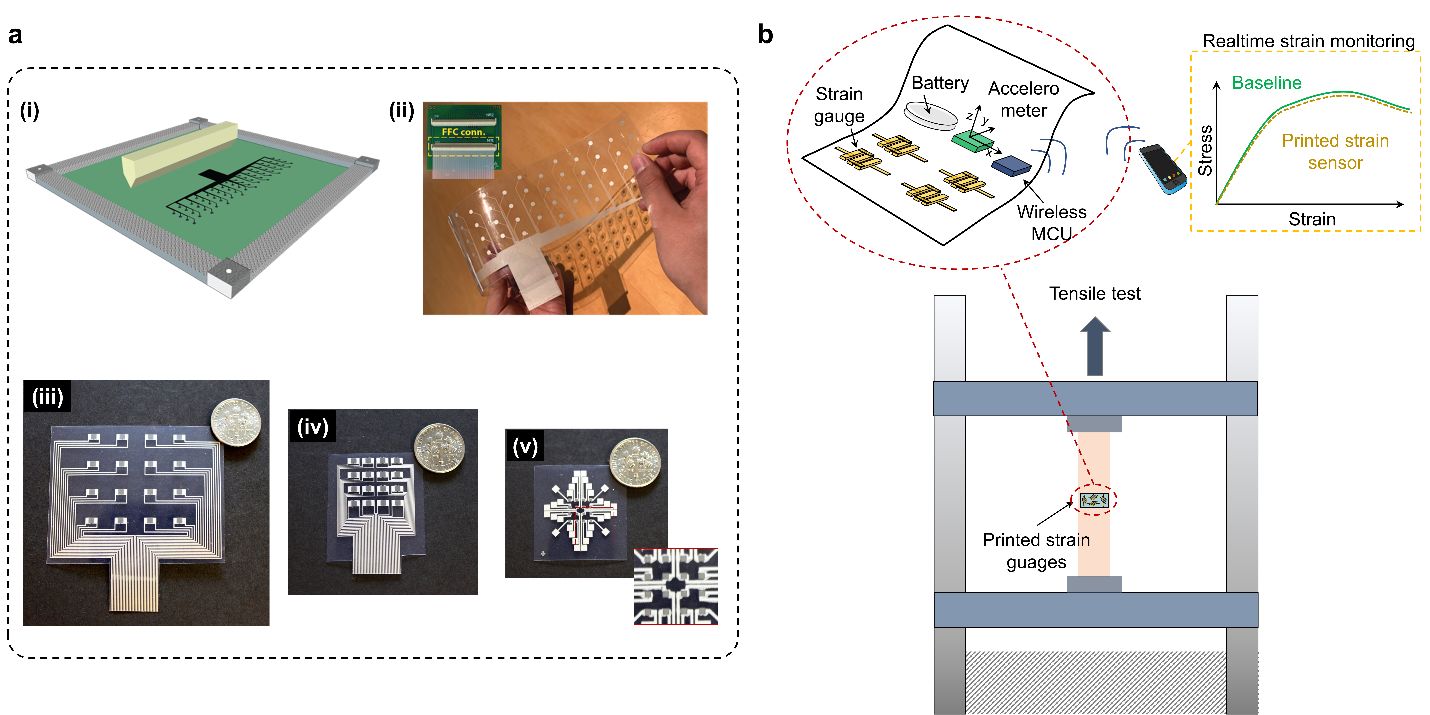
Natural hazard characterization
With regards to natural hazards, we employ low frequency threshold broadband seismometers in our efforts to characterize subsurface conditions via ambient vibrations. We use the subsurface information in investigating the relationship between seismic site amplification and morphological features. These relationships provide a means to improve our assessment of critical infrastructure susceptibility given the spatial distribution of probable hazards. We also study bio cementation. We test the dynamic and static mechanical behaviors of granular materials that have been bonded via bio-induced calcite precipitation using our resonant column/torsional shear apparatus.
